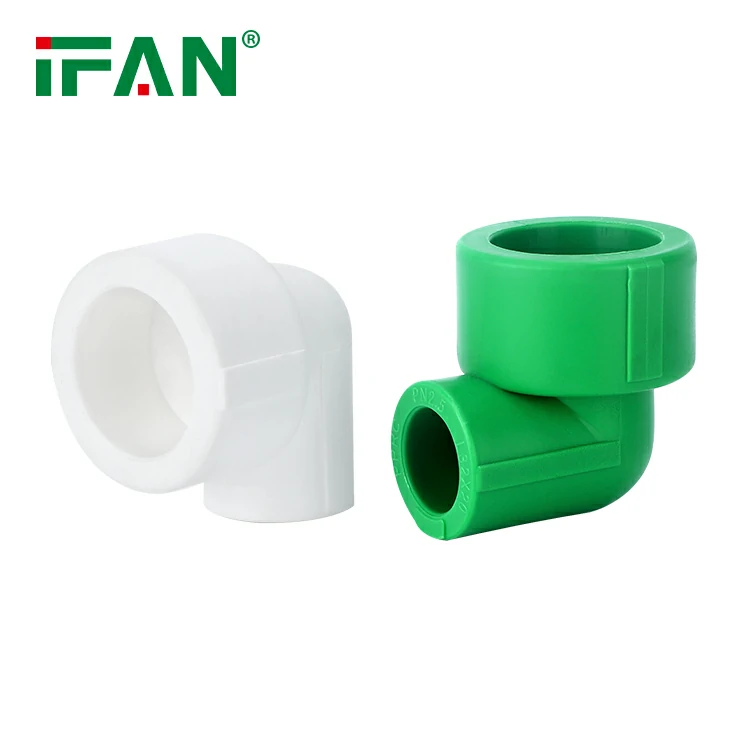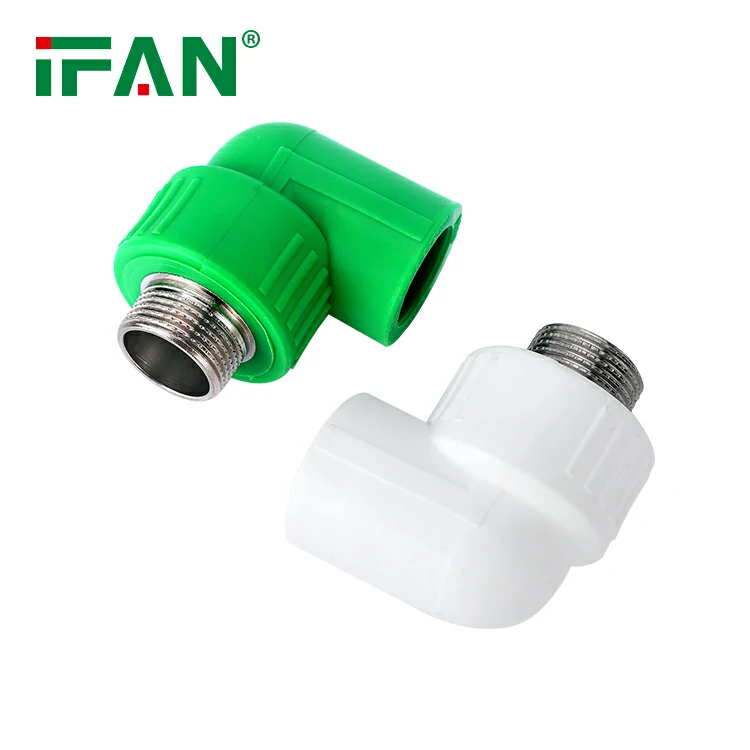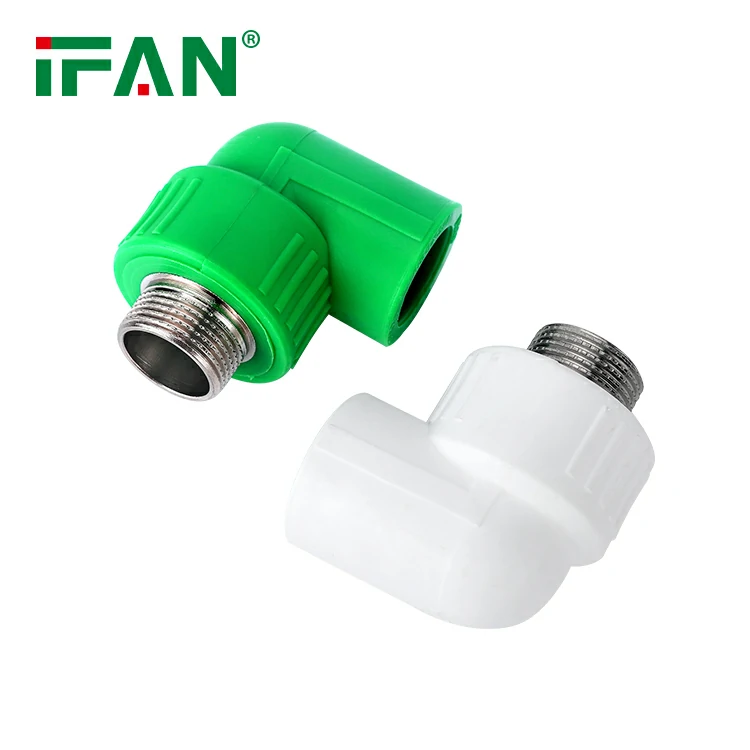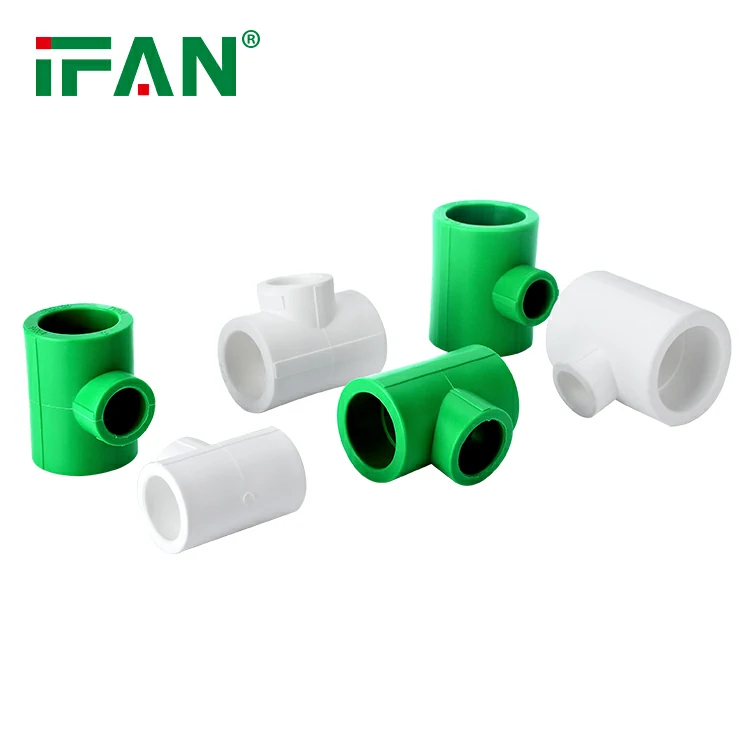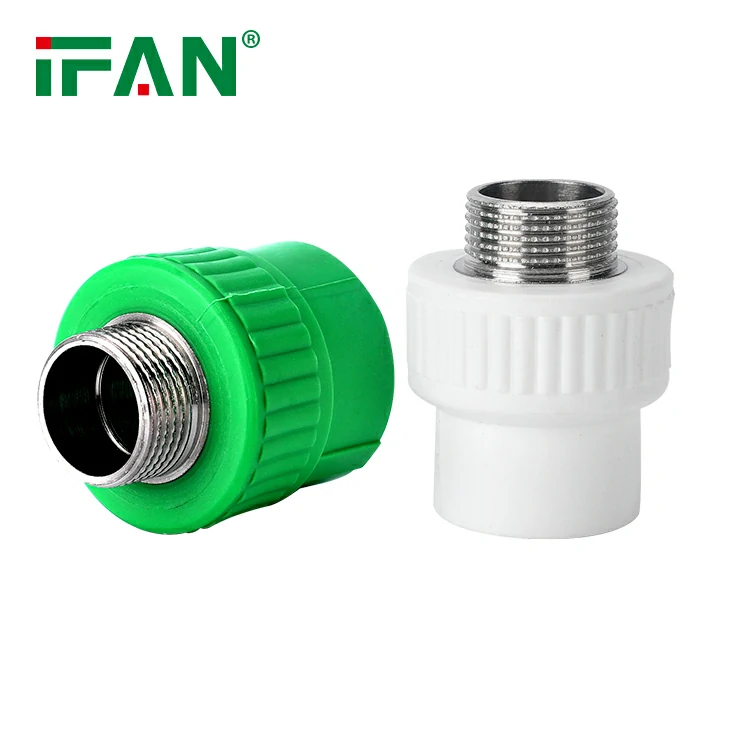The Environmental Benefits of Using PPR Fittings in Your Plumbing System
As we all strive to become more environmentally conscious, one aspect that is often overlooked is our plumbing system. Traditional plumbing systems rely heavily on materials such as PVC and copper, which can have a significant impact on the environment. However, there is an eco-friendly alternative that can be used in your plumbing system: PPR fittings.
PPR (polypropylene random copolymer) is a type of plastic that is commonly used in plumbing and heating systems. PPR fittings are a type of joint used to connect PPR pipes, and they offer several environmental benefits over traditional materials. Let’s take a closer look at these benefits.
- Reduced Carbon Footprint
One of the primary environmental benefits of PPR fittings is their reduced carbon footprint. PPR is a significantly less energy-intensive material to manufacture than traditional materials like copper and PVC. This means that fewer greenhouse gas emissions are generated during the production process, making PPR a more environmentally friendly choice. - Longevity and Durability
PPR fittings are incredibly durable and long-lasting. They are known for their ability to withstand high temperatures and pressures, and they are also resistant to corrosion, chemicals, and UV radiation. This means that PPR fittings need to be replaced less frequently than other types of fittings, reducing waste and minimizing the product’s impact on the environment. - Recycling and Disposal
Another environmental benefit of PPR fittings is that they are easy to recycle and dispose of. Unlike PVC fittings, which are known to release harmful toxins when incinerated, PPR fittings can be safely incinerated without releasing harmful emissions. Additionally, PPR is a recyclable material that can be reused in other applications, further reducing its impact on the environment. - Water Conservation
PPR fittings can also help conserve water, an essential resource. PPR has a smooth inner surface that minimizes water flow resistance, reducing the amount of energy needed to pump water through the pipes. This can result in lower water bills, and it also reduces the strain on our water supply.
In summary, PPR fittings offer several environmental benefits that make them a more sustainable choice for your plumbing system. By reducing the carbon footprint of your plumbing system and conserving water, you can make a positive impact on the environment while also enjoying the benefits of a durable and long-lasting plumbing system.
If you’re looking to make your plumbing system more eco-friendly, contact a professional plumber today to learn more about the benefits of PPR fittings.
Meta description: Discover the environmental benefits of PPR fittings for your plumbing system, including reduced carbon footprint, durability, recycling, water conservation, and more. Explore now.

